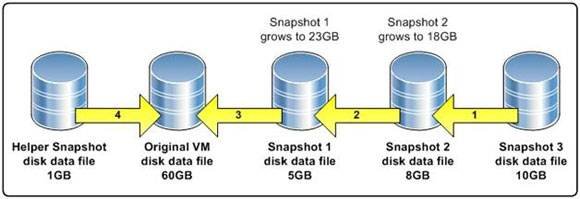


When the VixDiskLib timer times out, Commvault Server assumes that the backup operation has failed and subsequently tries to delete the Snapshot i.e. For large disk, it is more often that the VixDiskLib timer may timeout before the complete mapping of the disk is read into the memory. While the mapping of disk is performed, the VixDiskLib timer ( VixDiskLibThreadTimeoutSeconds) determines how long to wait on a VDDK (Virtual Disk Development Kit) call / Map Disk Region call before treating it as a VDDK hang and assuming that the backup operation has failed. However, the SAN transport mode requires building up an entire mapping of the disk in-memory before allowing any I/O.įor large and/or fragmented disk, multiple “Map Disk Region” calls are initiated to obtain the complete mapping of the disk and therefore this process can take considerable time, specifically for large SEsparse disk. So, in SAN transport mode, the backup data is read directly from the storage LUNs, rather than over the LAN. The virtual disk library obtains the mapping information from an ESXi host and uses this information to read data directly from the SAN Storage LUN where a virtual disk resides. After the Snapshot is taken, a “Map Disk Region” call is initiated by VDDK (Virtual Disk Development Kit) to obtain the mapping of disk and understand the layout of LUNs. When a backup is initiated, Commvault creates a Snapshot of the target VM.

As depicted in the figure below, data is read directly from the storage LUNs where the virtual machine disks reside, without transferring data over the local area network (LAN). In case of SAN transport mode, the Virtual Server Agent (VSA) at the Commvault end must have zoning or mapping to the storage array with access to storage LUNs that provide storage for virtual machine disks.

Therefore, I thought it would be good to pen down the details here, so that this blog can be useful for others.īefore we get into the details of the actual issue, let us understand what SAN transport mode is and how it works. Considerable amount of time and efforts were spent before the root cause was identified. The issue was primarily due to the SEsparse disk format and the method that SAN transport mode of the Commvault backup server adopts to perform backup of the virtual machines. One of my customer had an issue, where the Snapshot consolidation tasks were failing post backup.


 0 kommentar(er)
0 kommentar(er)
